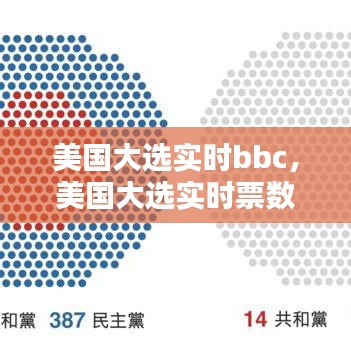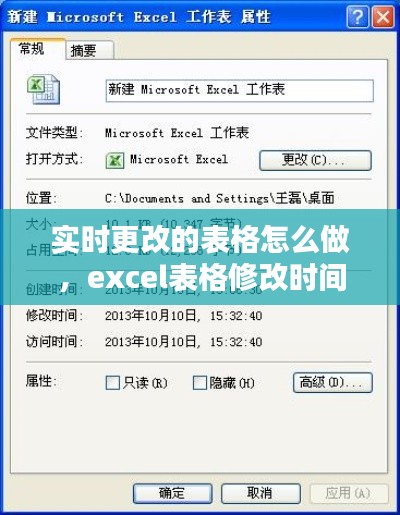Introduction to Real-Time Clock (RTC)
The Real-Time Clock (RTC) is a crucial component in many electronic devices, particularly those that require accurate timekeeping. It is a hardware clock that maintains the current time, even when the device is powered off. The RTC is essential for tasks such as scheduling, event logging, and synchronization across multiple devices. In this article, we will explore the concept of the Real-Time Clock, its significance, and its English abbreviation.
What is a Real-Time Clock?
A Real-Time Clock is a type of clock that provides the current time and date, typically in a 24-hour format. Unlike the system clock, which may be adjusted by the user or the operating system, the RTC is designed to maintain accurate time over long periods, often using a battery to preserve the time when the device is not powered. This ensures that the device can resume operation with the correct time without relying on an external time source. The RTC is typically integrated into the motherboard of a computer or embedded system and communicates with the rest of the system through a serial interface. It can be programmed to provide time information in various formats, such as hours, minutes, seconds, and sometimes even fractions of a second.
How Does a Real-Time Clock Work?
The operation of a Real-Time Clock is based on a quartz crystal oscillator. This oscillator generates a precise frequency, which is used to keep track of time. The frequency is divided by a counter to produce the desired time resolution. For example, a 32.768 kHz oscillator can be divided by 32,768 to produce a time resolution of one second. When the device is powered on, the RTC is initialized and starts counting. If the device is powered off, the RTC continues to run on its battery, preserving the time. Upon power-up, the RTC can be synchronized with the system clock, ensuring that the time is accurate.
Applications of Real-Time Clocks
Real-Time Clocks are used in a wide range of applications, including: - **Computers and Servers**: RTCs are essential for scheduling tasks, managing backups, and ensuring that logs are recorded with the correct time. - **Mobile Devices**: Smartphones and tablets use RTCs to keep track of the time, schedule alarms, and synchronize with other devices. - **Consumer Electronics**: Devices like digital cameras, video recorders, and microwaves use RTCs to ensure accurate timekeeping for recording purposes. - **Industrial Automation**: RTCs are crucial in industrial applications for time-stamping events, monitoring processes, and ensuring synchronization across multiple systems. - **Telecommunications**: RTCs are used in telecommunications equipment to synchronize network operations and ensure accurate timekeeping for billing and other purposes.
The English Abbreviation for Real-Time Clock
The English abbreviation for Real-Time Clock is "RTC." This abbreviation is widely recognized in the electronics and computing industries. It is used in technical documentation, product specifications, and everyday conversation to refer to the hardware clock that maintains accurate time. The use of "RTC" as an abbreviation is convenient because it is concise and easy to remember. It also helps to avoid confusion with other types of clocks, such as the system clock or the hardware clock on a CPU.
Conclusion
The Real-Time Clock is a fundamental component in many electronic devices, providing accurate timekeeping even when the device is not powered. Its abbreviation, "RTC," is a widely recognized term in the industry. Understanding the role and operation of the RTC is essential for anyone working with electronic systems that require precise time management. Whether it's for scheduling tasks, synchronizing operations, or ensuring accurate event logging, the RTC is an indispensable tool in the world of technology.
转载请注明来自广西昌呈网络科技有限公司 - 专业手机应用开发与网络推广解决方案,本文标题:《实时时钟英文缩写,实时时钟 英文 》










 桂ICP备18009795号-1
桂ICP备18009795号-1